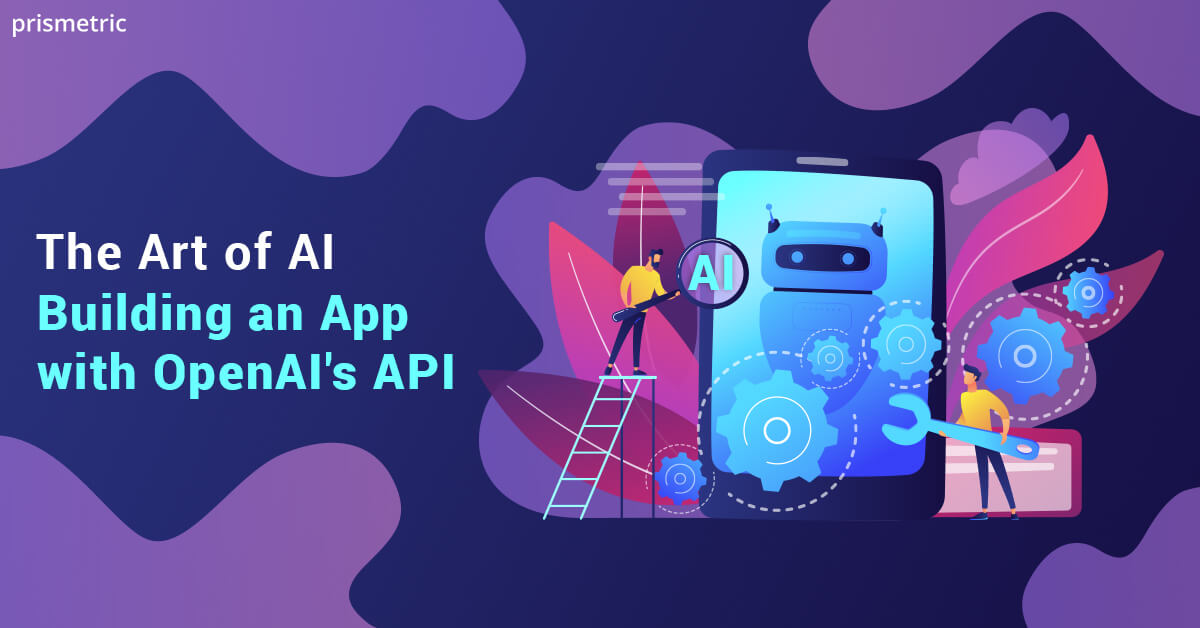Building an AI system involves several steps and considerations. Here’s a high-level overview of the process:
- Define the Problem: Clearly define the problem or task that the AI system will address. Understand the objectives, requirements, and constraints to ensure the AI system aligns with the desired outcomes.
- Data Collection and Preparation: Gather relevant data for training and evaluation. Clean and preprocess the data, handle missing values, remove outliers, and format it appropriately for input to the AI system. Ensure the data is representative, unbiased, and of sufficient quality.
- Select the AI Approach: Determine the appropriate AI approach based on the problem and available resources. It could involve machine learning, deep learning, natural language processing, computer vision, or a combination of techniques. Consider the strengths and limitations of different approaches.
- Model Training: Train the AI model using the prepared data. This involves selecting an appropriate algorithm or architecture, initializing model parameters, and iteratively optimizing the model by adjusting the weights based on the training data. Split the data into training, validation, and test sets to assess the model’s performance.
- Model Evaluation and Iteration: Evaluate the trained model’s performance using appropriate evaluation metrics and the test dataset. Analyze the results, identify areas of improvement, and iterate on the model by adjusting hyperparameters, modifying the architecture, or adding regularization techniques.
- Deployment: Prepare the AI system for deployment. This includes integrating the model into a software application or infrastructure, optimizing for efficiency and scalability, and ensuring proper compatibility with the target environment. Address any security and privacy considerations.
- Monitoring and Maintenance: Continuously monitor the AI system’s performance and gather feedback from users. Monitor for biases, data drift, and model degradation over time. Regularly update the model with new data or retrain it as needed to maintain accuracy and relevance.
- Ethical and Legal Considerations: Consider ethical implications and potential biases in the AI system. Ensure compliance with relevant laws and regulations concerning data privacy, security, and fairness. Implement mechanisms for transparency and accountability.
Building an AI system involves several steps and considerations. Here is a high-level overview of the process:
- Define the Problem: Clearly define the problem that you want the AI system to solve. Identify the goals, objectives, and requirements of the system.
- Data Collection and Preparation: Gather relevant data that will be used to train and evaluate the AI system. Ensure that the data is representative, diverse, and of high quality. Clean and preprocess the data to remove noise, anomalies, and inconsistencies.
- Choose the Right Algorithm or Framework: Select an appropriate algorithm or framework based on the problem you’re trying to solve and the data available. Different algorithms and frameworks are suitable for different types of problems, such as regression, classification, clustering, or reinforcement learning.
- Model Training: Train the AI model using the collected and preprocessed data. This involves feeding the data into the chosen algorithm or framework and adjusting its parameters to optimize performance. Split the data into training and validation sets to evaluate the model’s performance.
- Model Evaluation: Evaluate the trained model’s performance using appropriate evaluation metrics and techniques. Assess its accuracy, precision, recall, F1 score, or other relevant metrics based on the problem at hand. Fine-tune the model as needed to improve its performance.
- Deployment and Integration: Once the model is trained and evaluated, it needs to be deployed in a production environment and integrated into the existing systems or infrastructure. Considerations like scalability, reliability, and security are important in this stage.
- Monitoring and Maintenance: Continuously monitor the AI system’s performance and collect feedback from users or the system’s outputs. Update and retrain the model periodically to adapt to changing data patterns and improve performance.
- Ethical and Legal Considerations: Ensure that the AI system aligns with ethical guidelines, regulations, and privacy policies. Address biases, fairness, and transparency in the system’s decision-making processes.
- Iteration and Improvement: The process of building an AI system is iterative. Collect feedback, analyze its performance, and make necessary improvements to refine the system over time.
It’s essential to have a cross-functional team with expertise in areas like data science, machine learning, software development, and domain knowledge to build an effective AI system.
SHARE
